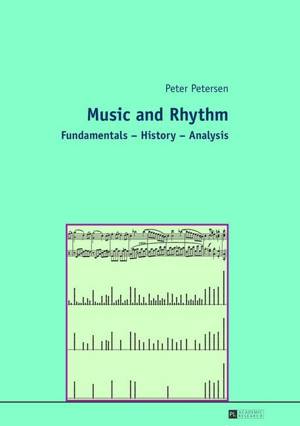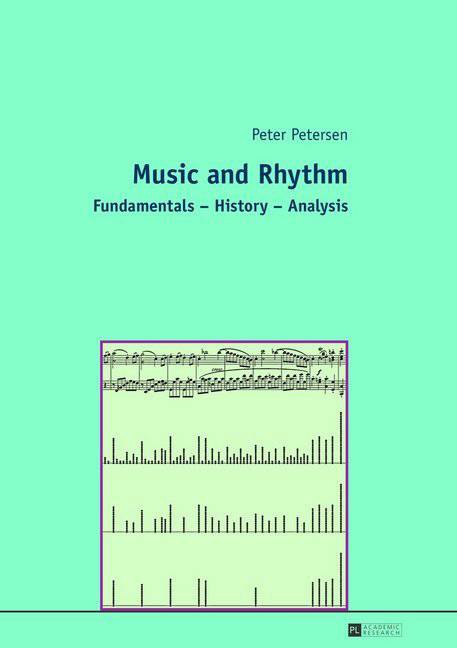
Je cadeautjes zeker op tijd in huis hebben voor de feestdagen? Kom langs in onze winkels en vind het perfecte geschenk!
- Afhalen na 1 uur in een winkel met voorraad
- Gratis thuislevering in België vanaf € 30
- Ruim aanbod met 7 miljoen producten
Je cadeautjes zeker op tijd in huis hebben voor de feestdagen? Kom langs in onze winkels en vind het perfecte geschenk!
- Afhalen na 1 uur in een winkel met voorraad
- Gratis thuislevering in België vanaf € 30
- Ruim aanbod met 7 miljoen producten
Zoeken
Music and Rhythm; Fundamentals - History - Analysis
Fundamentals - History - Analysis
Peter Petersen
Paperback | Engels
€ 140,95
+ 281 punten
Omschrijving
This book sets forth the first really novel theory of rhythm since Hugo Riemann: the components theory. Its approach will be of interest to musicologists and music theoreticians alike as well as to music performers, since it will enable them to describe and understand the rhythmic shape of music better and more fully than was previously possible. Instead of conceiving rhythm simply as interplay of short and long, of accents and meters, the present analysis takes its departure from secondary rhythms that are not notated but depend on specific qualities of a given sound or sound formation. Together with the basic rhythms, these components rhythms form a total rhythmic texture, whose temporal and weight structure allows a novel way of perceiving musical meter as not being primarily prescriptive but above all as the product of an overall compositional calculation of component rhythms.
Specificaties
Betrokkenen
- Auteur(s):
- Uitgeverij:
Inhoud
- Aantal bladzijden:
- 312
- Taal:
- Engels
Eigenschappen
- Productcode (EAN):
- 9783631643938
- Verschijningsdatum:
- 12/09/2013
- Uitvoering:
- Paperback
- Formaat:
- Trade paperback (VS)
- Afmetingen:
- 241 mm x 348 mm
- Gewicht:
- 1111 g

Alleen bij Standaard Boekhandel
+ 281 punten op je klantenkaart van Standaard Boekhandel
Beoordelingen
We publiceren alleen reviews die voldoen aan de voorwaarden voor reviews. Bekijk onze voorwaarden voor reviews.









